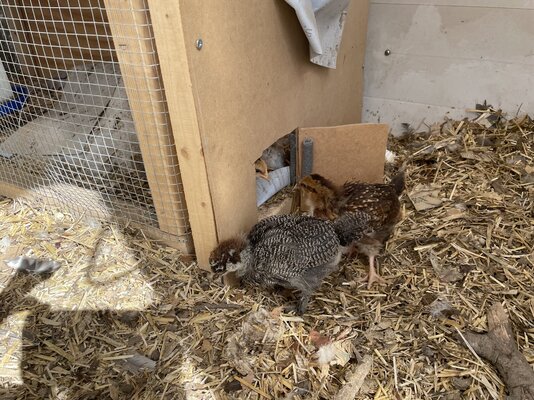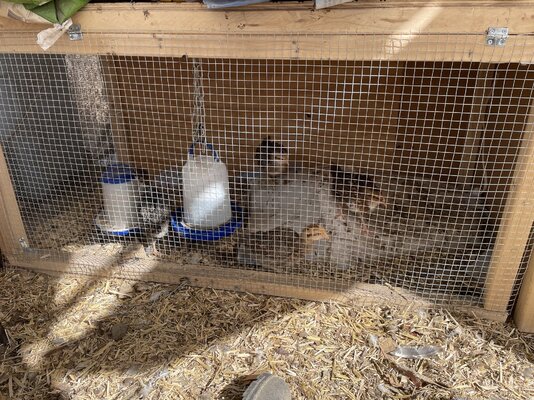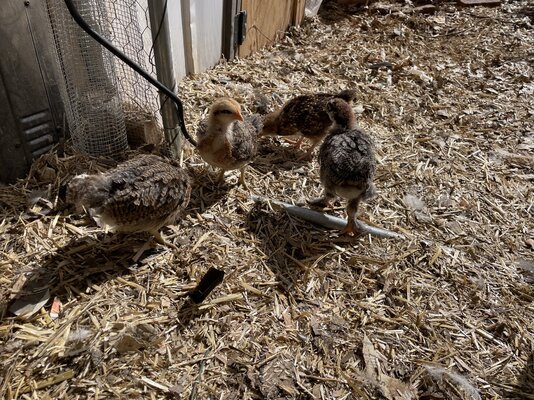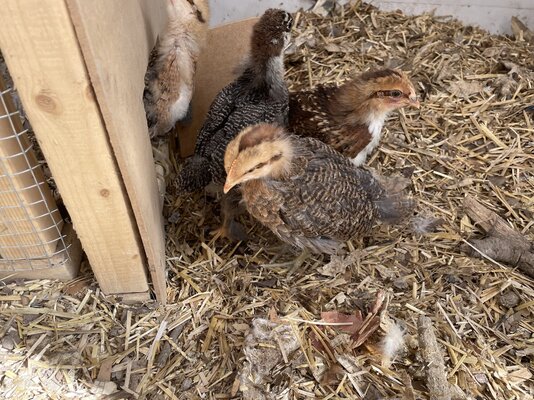- Jun 28, 2011
- 39,162
- 27,222
- 1,302
With Spring only a few weeks away many chicken owners are thinking about hatching or buying chicks to raise during the warmer months. I would like to hear your thoughts and tips on buying and raising chicks. Specifically:
- What preparations do you make before hatching/buying chicks?
- Tell me about your brooder(s); Also, do you brood indoors or outdoors?
- How to raise healthy, strong chicks. (Supplements/Feed/Heat management, etc)
Anything you'd like to add?
For a complete list of our Topic of the Week threads, see here:
https://www.backyardchickens.com/a/topic-of-the-week-thread-archive
Last edited by a moderator:











